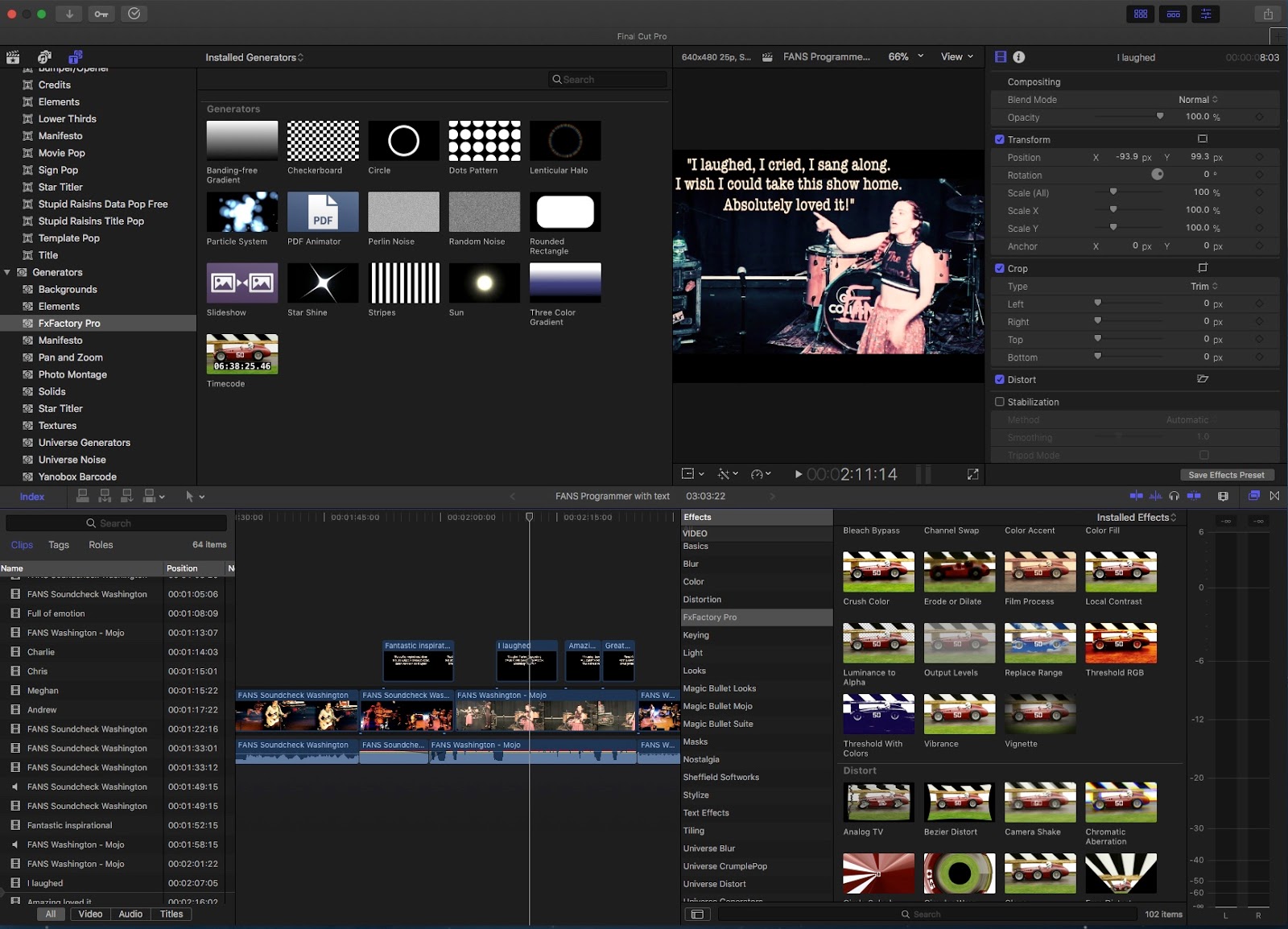
This time we were at the Jaspar Johns exhibition.
It's a flagship exhibition at the Royal Academy and features many of Jaspar Johns well-known works around his recurring themes of flags, targets, numbers and maps.
A while ago I read The Sellout by Paul Beatty, which I found peculiarly American in its wit and expression. I'm also pretty sure that as Brit I got less from it than an American reader would.
There's something of that feeling with this Jaspar Johns exhibition. It covers several main themes, sometimes revisited after 20 or 30 years across the expanse of his ongoing career.
Johns doesn't often explain his work, leaving it to the viewer to work out a meaning. And in some cases this can be quite a journey.
The RA's own external flag highlights one of his well-known works. It's the Fool's House, which I'm sure was itself chosen as a wry quip for the show.

Best described as a deconstruction of the way a painter works, we get a partially painted Sorcerer's Apprentice style broom, plus a towel, paint stretcher and cup. We have to decide for ourselves whether the canvas has been included, or are we looking at the discards from a painting session? And is the picture supposed to be a cylinder?
Other concepts include pictures where the canvas has been folded, such that the work is hidden inside, before being painted over, usually with grey or black paints.
At the time (1960s-1970s) it was 'ground breaking' and set some new directions, although I'm probably someone who prefers the variety in Warhol or Rauschenberg's breadth of ideas.
Sure they all appropriate contemporary objects, but I can't help feeling that Johns was the one that spent more time alone with dark thoughts.
It would be remiss not to mention the flags he produced. Almost exclusively American, with variations of the star patterns and sometimes hidden details. He also produced similarly blended maps of the USA, with controversial labels. Should a painting need to explain itself with writing (debate)?
But the flags do lead to my favourite sequence of his work, which was unremarked upon in the exhibition.
Not the conventional stars and stripes that he produced, instead a smaller series of orange, green and black flags.

There's the original large format one, which is part of a series called Moratorium. Notice the single white spot in the middle? It serves a couple of purposes. The first is to represent bullet hole, a signifier for the Vietnam war.
The construction was used again in another picture, "Ventriloquist", which was the only part of this sequence on show.

The tag line for the exhibition is 'something resembling truth' although examples in the exhibition are largely unsignposted. My example from the green flag is perhaps a more obvious one. Stare at the bullet hole and then look at the sky. Yes, the stars and stripes appears in its original colours.
Do the same with the two flags shown on Ventriloquist and the same mind's eye illusion occurs. I'm wondering how much more is hidden?
Only truth will tell.

































